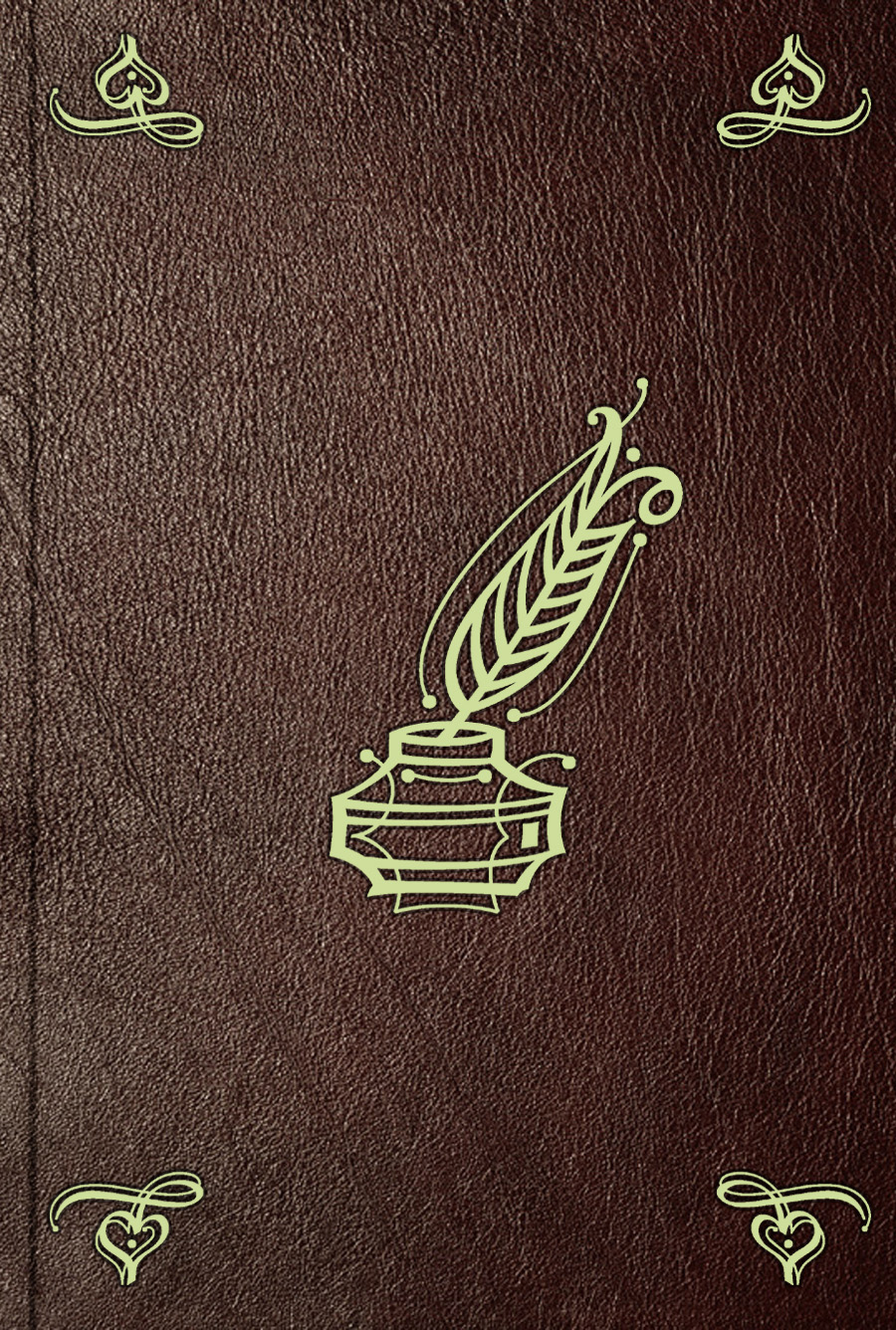Электронная книга: John Armstrong «The poetical works»

|
Полный вариант заголовка: «The poetical works of John Armstrong». Издательство: "Библиотечный фонд" (1781)
электронная книга Скачать бесплатно на Litres |
Другие книги автора:
| Книга | Описание | Год | Цена | Тип книги |
|---|---|---|---|---|
| Unbridaled: The Marriage of Tradition and Avant Garde | "UNBRIDALED" is a visual primer for the modern bride. An initiative by CRYSTALLIZED&# 226;&# 162;&# 226; Swarovski Elements, the product brand for loose cut crystal manufactured by Swarovski, the… — Thames&Hudson, - Подробнее... | бумажная книга | ||
| Unbridaled: The Marriage of Tradition and Avant Garde | `UNBRIDALED`is a visual primer for the modern bride. An initiative by CRYSTALLIZED&226;&162;&226; Swarovski Elements, the product brand for loose cut crystal manufactured by Swarovski, the book is… — Hudson, Подробнее... | бумажная книга |
John Armstrong
John Armstrong (
Early life
Armstrong was born on
Indian wars
During the
In 1758, Colonel Armstrong led 2,700 Pennsylvania provincial troops on the Forbes Expedition, the approach of which compelled the French to vacate and blow up
American Revolution
In the early stages of the Revolutionary War, Armstrong was a brigadier general in the Pennsylvania militia. On
At the
In the
After Germantown, Armstrong was granted permission to give up active command. His health, at sixty, was not what it had been, and old wounds were troubling him. Returning home to Carlisle, he was elected to the
Later life
Throughout his life Armstrong served in a number of local or civic offices. One of these, the Carlisle school board, led him to originally oppose Dr.
External links
* [http://bioguide.congress.gov/scripts/biodisplay.pl?index=A000281 Armstrong's Congressional Biography]
* [http://www.findagrave.com/cgi-bin/fg.cgi?page=gr&GRid=6664788 Profile page for John Armstrong, Sr.] on the
* [http://www.explorepahistory.com/hmarker.php?markerId=154 John Armstrong Historic Marker, Armstrong County, Pennsylvania]
* [http://www.explorepahistory.com/hmarker.php?markerId=155 John Armstrong Historic Marker, Cumberland, Pennsylvania]
* [http://www.armstrong.org/ The Armstrong Clan Society]
* [http://www.visitnewcastleton.com/history/villagetapestry/clanarmstrong/page The Clan Armstrong, Elizabeth Anne Armstrong]
* [http://www.thereivertrail.com/reivertrail5.asp The Reiver Trail, Armstrong history]
* [http://books.google.com/books?id=YdIKAAAAYAAJ&pg=PA23&lpg=PA23&dq=armstrong+burke's&source=web&ots=qCtnn-f83K&sig=iAmW1oRPJp1fhNsTdmz_q9hr3uw&hl=en Armstrong ancestry, Burke's Genealogical and Heraldic History of the Landed Gentry, 1847]
Источник: John Armstrong
См. также в других словарях:
The Hilliad — was Christopher Smart s mock epic poem written as a literary attack upon John Hill on 1 February 1753. The title is a play on Alexander Pope s The Dunciad with a substitution of Hill s name, which represents Smart s debt to Pope for the form and… … Wikipedia
The Parables of Our Lord and Saviour Jesus Christ (book) — The Parables of Our Lord and Saviour Jesus Christ Done into Familiar Verse, with Occasional Applications, for the Use and Improvement of Younger Minds was written by Christopher Smart and published in 1768. The Parables are a collection of… … Wikipedia
The Raven — is a narrative poem by the American writer Edgar Allan Poe, first published in January 1845. It is noted for its musicality, stylized language, and supernatural atmosphere. It tells of a talking raven s mysterious visit to a distraught lover,… … Wikipedia
The Hop-Garden — by Christopher Smart was first published in Poems on Several Occasions, 1752 . The poem is rooted the Virgilian georgic and Augustan literature; it is one of the first long poems published by Smart. The poem is literally about a hop garden, and,… … Wikipedia
The Song of the Vermonters, 1779 — is a poem by the American Quaker poet John Greenleaf Whittier (December 17, 1807 ndash; September 7, 1892) about the U.S. state of Vermont during its years of independence (1777–1791), sometimes called the Vermont Republic. [cite book |author=Van … Wikipedia
The Wesley Family, Samuel, Samuel, John and Charles — (1662 1791) • Samuel, 1662 1735 Born at Winterborn Whitchurch, Dorset, the son of the vicar, he was educated at Newington Green, a private school where he was a friend of Daniel Defoe. He graduated B.A. from Exeter College, Oxford, in 1688 … British and Irish poets
